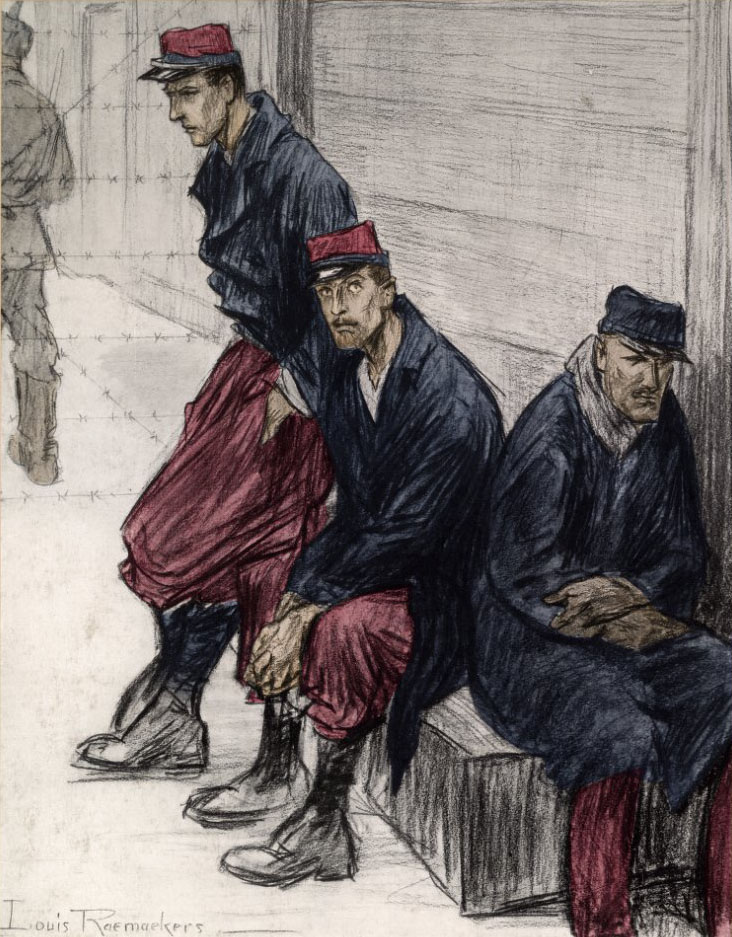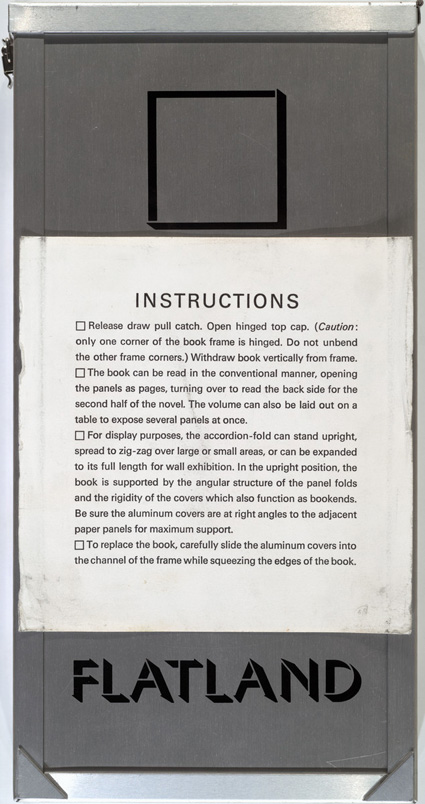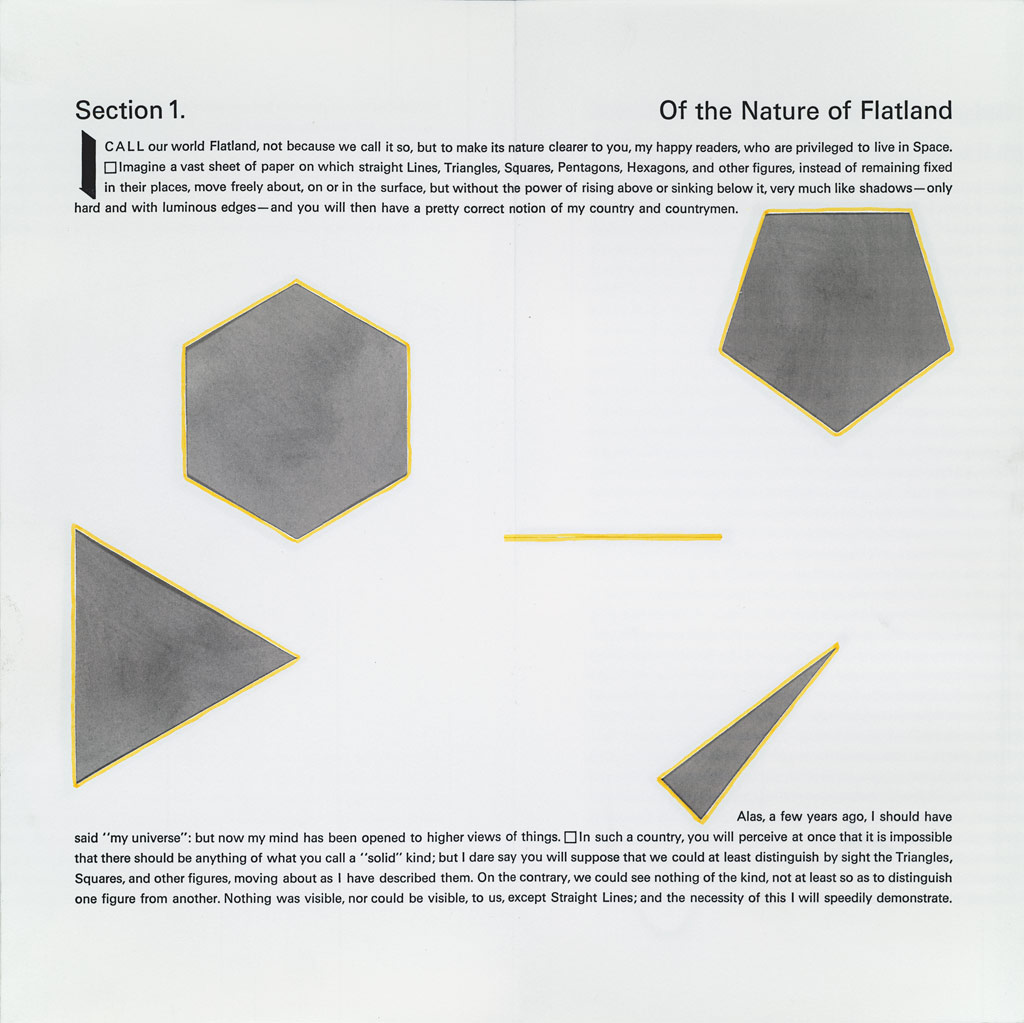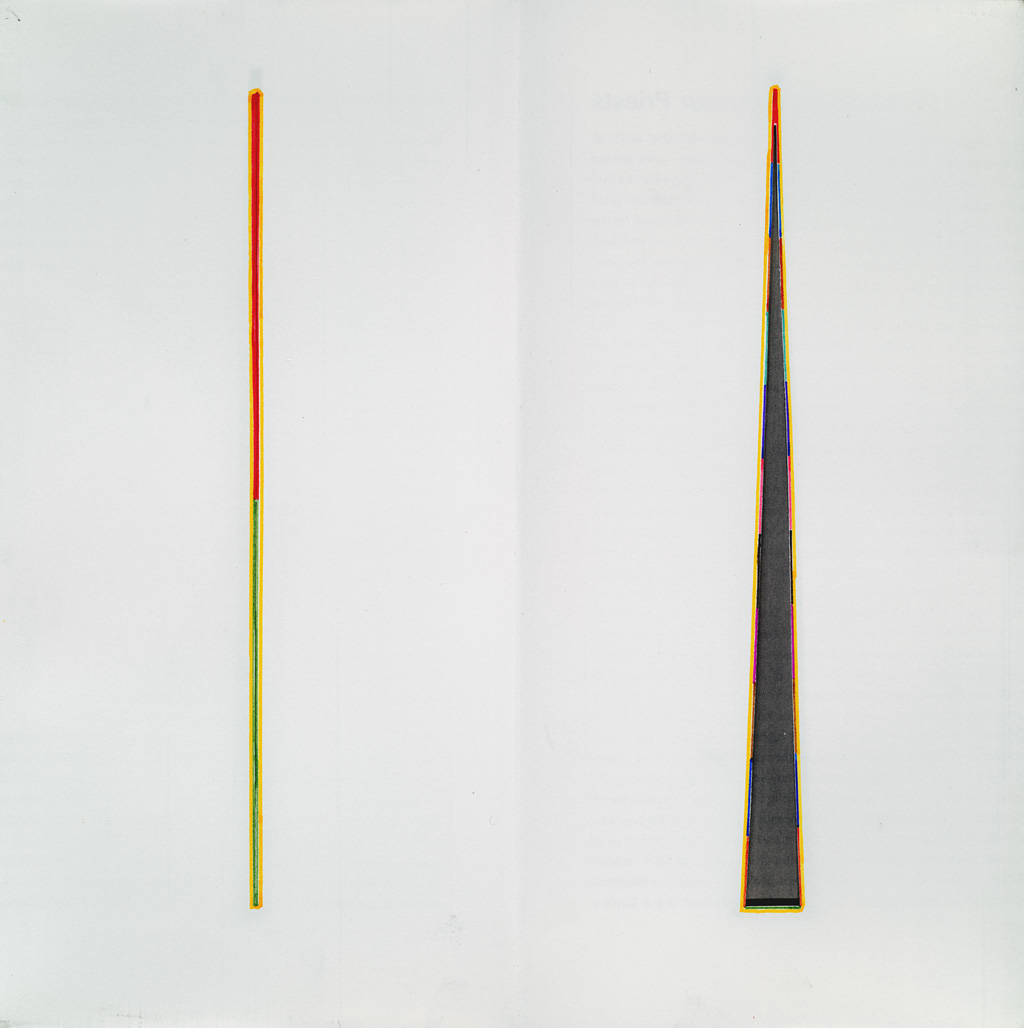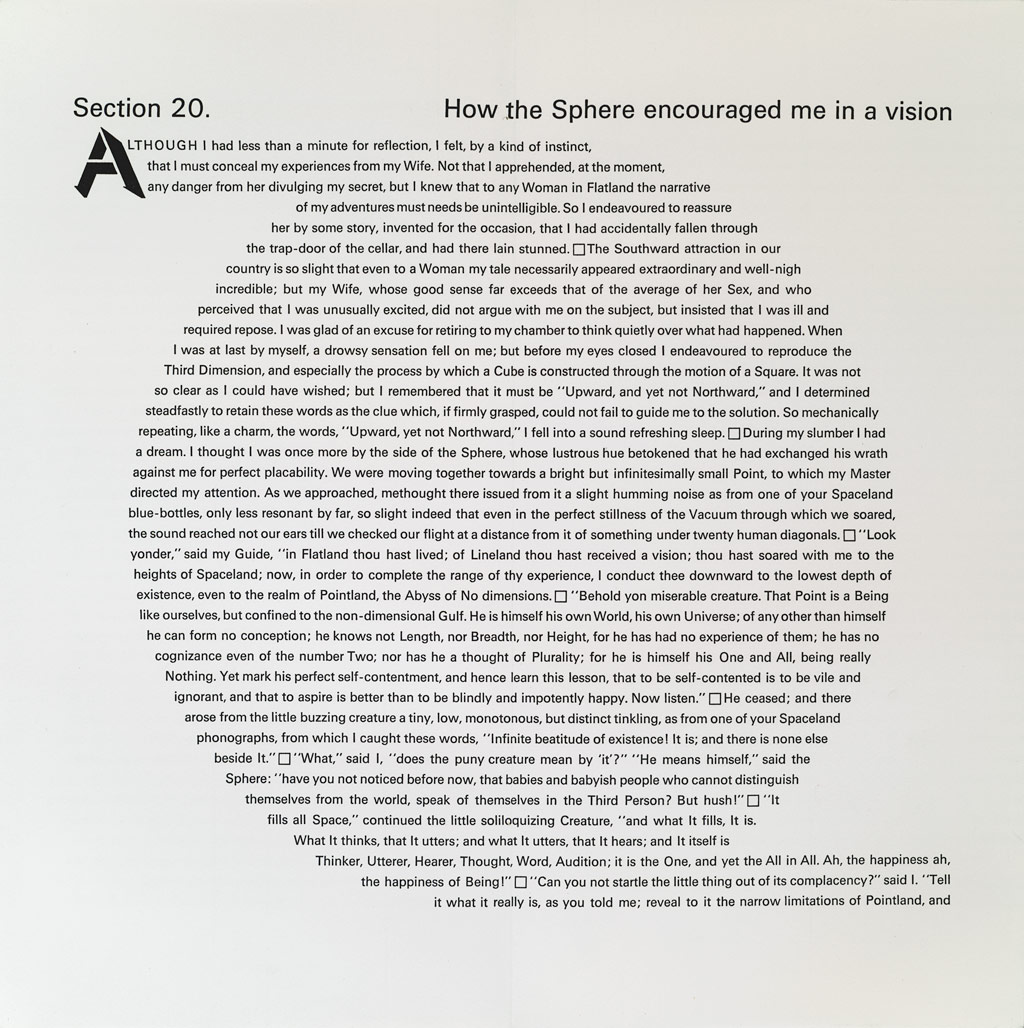Inside the Lost Museum
July 17, 2014 by rness | Comments Off on Inside the Lost Museum
This year, visitors to the Brown University campus have the opportunity to visit a museum that no longer exists; a museum that was systematically dismantled when the cabinet of curiosities approach to the display of natural history fell out of vogue, and after its founder, John Whipple Potter Jenks (1819-1894), dropped dead on the building’s steps. In 1891, the museum was viewed as a “showpiece of the University,” [1. Wilson, J. Walter, The Jenks Museum at Brown University. Books at Brown, Vol. XXII, 1968; Brown University Library, p.41] but this sentiment would not last. In his 1905 plea for University funds to support the museum, Professor Albert D. Mead, added that “the reasonableness of spending money for the dusting and rearranging of the miscellaneous curios of a university junk shop for the gratification of a few straggling sightseers is, we readily admit, not obvious.” [2. Ibid, p.54] Over time, the orphaned objects of the museum were scattered and forgotten; the majority of the collection was eventually discarded in the University’s dump by the Seekonk River.
Today, the Jenks Museum of Natural History and Anthropology (1871-1894) has been resurrected and re-imagined by “The Jenks Society for Lost Museums,” a group comprised of students from the Center for Public Humanities at Brown, students from RISD, faculty advisors, and the artist Mark Dion. During the spring semester, the society tracked down remaining fragments of the original collection, re-envisioned Professor Jenks’s office, commissioned art objects based on lost artifacts, and installed the exhibit at the museum’s original home in Rhode Island Hall. At the project’s core sit questions about the permanence, or rather impermanence, of collecting and preservation.
Photographic evidence of the museum, as it was, can be found in the Brown University Archives. The Images of Brown collection holds seven interior views of the museum’s floor-to-ceiling displays, offering a window inside its eclectic space. The detailed image viewer allows for zooming in on a plethora of zoological specimens. The collection also includes a carte de visite of Jenks himself, taken in Florida where the naturalist collected many artifacts for the museum at Brown.
The Lost Museum will be on display in Rhode Island Hall (Brown University, 60 George Street, Providence, Rhode Island) through May 2015.
Read more about The Lost Museum:
http://hyperallergic.com/136402/bringing-back-a-lost-museum/
http://250.brown.edu/jenks-museum
https://news.brown.edu/articles/2014/05/jenks
http://www.brownalumnimagazine.com/content/view/3720/32/
http://www.browndailyherald.com/2010/04/28/the-wonders-rhode-island-hall-once-held/



